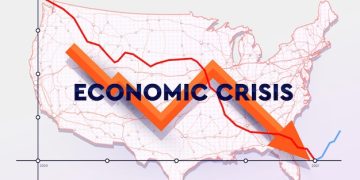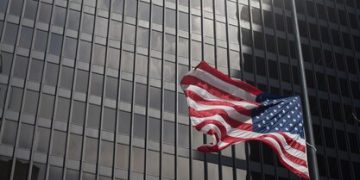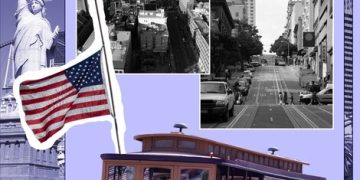Federal Reserve: Will Interest Rates Rise Again in Early 2025?
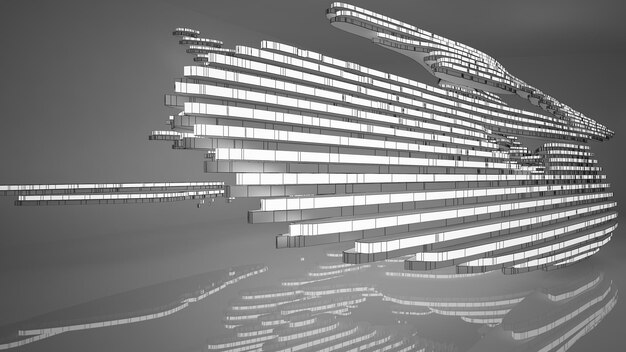
Analyzing the economic landscape, it’s uncertain whether the Federal Reserve will raise interest rates again in early 2025, potentially impacting US consumers through borrowing costs, inflation, and overall economic stability.
Navigating the complexities of the US economy requires a keen understanding of monetary policy. A key question on everyone’s mind is: Will the Federal Reserve Raise Interest Rates Again in Early 2025? Analyzing the Potential Impact on US Consumers? Let’s delve into the factors influencing this decision and what it could mean for you.
Understanding the Federal Reserve’s Mandate
The Federal Reserve, often called the Fed, is the central banking system of the United States. Its primary goal is to ensure the stability of the US financial system and to promote healthy economic growth. Knowing this mandate helps to understand why the fed adjust interet rate.
Key Responsibilities of the Fed
The Fed has several key responsibilities, including setting monetary policy, supervising and regulating banks, and maintaining the stability of the financial system, but the interet rate is more important one.
- Controlling Inflation: One of the Fed’s main jobs is to keep inflation in check.
- Promoting Full Employment: The Fed also aims to support maximum employment levels.
- Maintaining Financial Stability: Ensuring the financial system operates smoothly is crucial.
The Federal Reserve plays a critical role in maintaining a stable and healthy US economy. By understanding its key responsibilities, we can better understand how their decisons can impact our day life.
Factors Influencing Interest Rate Decisions
Numerous factors influence the Federal Reserve’s decisions on interest rates. These include inflation, employment data, and global economic conditions. It’s a complex interplay of indicators that guide the Fed’s actions.
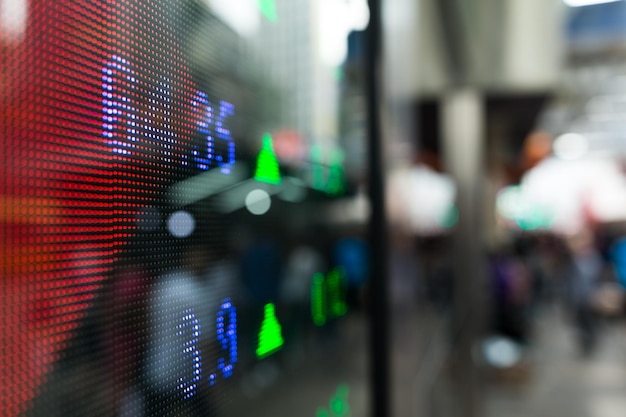
Inflation Rates
Inflation is the rate at which the general level of prices for goods and services is rising, and subsequently, purchasing power is falling. The Fed closely monitors various inflation measures to gauge the need for rate adjustments.
Employment Data
The unemployment rate and job creation figures provide insights into the health of the labor market. Strong job growth and low unemployment can signal inflationary pressures.
- Unemployment Rate: Tracks the percentage of unemployed individuals seeking work.
- Job Creation: Measures the number of new jobs added to the economy.
- Labor Force Participation Rate: Indicates the proportion of the population actively employed or seeking employment..
Interest rate decisions are influenced by different factors and all of the economic data have to be considered before any adjust is made.
Analyzing Current Economic Conditions in the US
To anticipate the Federal Reserve’s next move, it’s essential to assess the current state of the US economy. Inflation trends, labor market dynamics, and GDP growth are all critical indicators.
Inflation Trends
Recent inflation reports show a mixed picture. While the rate of inflation has come down from its peak, it remains above the Fed’s target of 2%. This is a crucial consideration.
Labor Market Dynamics
The labor market has been resilient, with unemployment rates remaining low. However, there are signs that wage growth may be moderating, which could ease inflationary pressures.
Understanding the current state of the US economy is the base to preview Federal Reserve adjustments.
Potential Scenarios for Early 2025
Looking ahead to early 2025, there are several scenarios to consider. Whether the Federal Reserve will raise interest rates again depends on economic data that will come out in the coming months.

Scenario 1: Continued Inflationary Pressure
If inflation remains stubbornly high, the Fed may feel compelled to raise interest rates further to bring it under control. This could lead to slower economic growth.
Scenario 2: Economic Slowdown
If the economy shows signs of slowing down, the Fed may pause or even reverse its rate hikes to avoid a recession. This could provide some relief to consumers and businesses.
- Recession Risks: Economic indicators suggest a potential slowdown could be on the horizon.
- Consumer Spending: A decrease in consumer spending could signal weaker economic activity.
Depending on the scenario, the Federal Reserve may react dfferently to minimize risks to the economy.
Impact on US Consumers
Changes in interest rates have a direct impact on US consumers. From mortgage rates to credit card debt, the cost of borrowing is affected by the Fed’s decisions.
Mortgage Rates
Higher interest rates typically translate to higher mortgage rates, making it more expensive to buy a home. This can cool down the housing market.
Credit Card Debt
Many credit cards have variable interest rates, which means that the interest you pay can increase when the Federal Reserve raises rates. This can make it harder to pay off debt.
Understanding the impact on US consumers helps people to take precautions and savings.
Expert Opinions and Forecasts
Economists and market analysts have varying opinions on the future direction of interest rates. Some believe that the Fed will need to continue raising rates, while others think that a pause is more likely.
Differing Views
Experts at renowned financial institutions like Goldman Sachs and JP Morgan Chase offer insights based on their economic modeling and market analysis.
- Goldman Sachs: Projects a moderate tightening of monetary policy.
- JP Morgan Chase: Suggests the Fed might pause rate hikes if inflation shows consistent signs of cooling.
- Independent Analysts: Some economists believe that the Fed has already done enough to curb inflation.
The uncertainty in the market is high, but experts are following the tendencies to give any direction to customers.
| Key Point | Brief Description |
|---|---|
| 📈 Inflation Trends | Inflation remains above the Fed’s 2% target. |
| 💼 Labor Market | Unemployment is low, but wage growth may be moderating. |
| 🏡 Mortgage Rates | Higher rates make home buying more expensive. |
| 💳 Credit Card Debt | Variable rates can increase debt burdens. |
FAQ
▼
The Federal Reserve adjusts interest rates primarily to manage inflation and promote full employment. These adjustments influence borrowing costs, impacting economic activity and price stability.
▼
Interest rate hikes can increase the cost of borrowing for consumers, affecting mortgage rates, credit card debt, and other loans, potentially reducing spending and investments.
▼
The Fed considers various economic data, including inflation rates, employment figures, GDP growth, and consumer spending, to make informed decisions about interest rates.
▼
An economic slowdown, consistent signs of cooling inflation, or indications of a recession could prompt the Fed to pause or reverse its interest rate hikes.
▼
Expert opinions vary, with some projecting further rate increases to combat inflation, while others suggest a pause is likely if economic conditions weaken.
Conclusion
The decision of whether the Federal Reserve will raise interest rates again in early 2025 hinges on a complex interplay of economic factors. Monitoring inflation trends, labor market dynamics, and expert forecasts will be essential for understanding the potential impact on US consumers and the broader economy.
